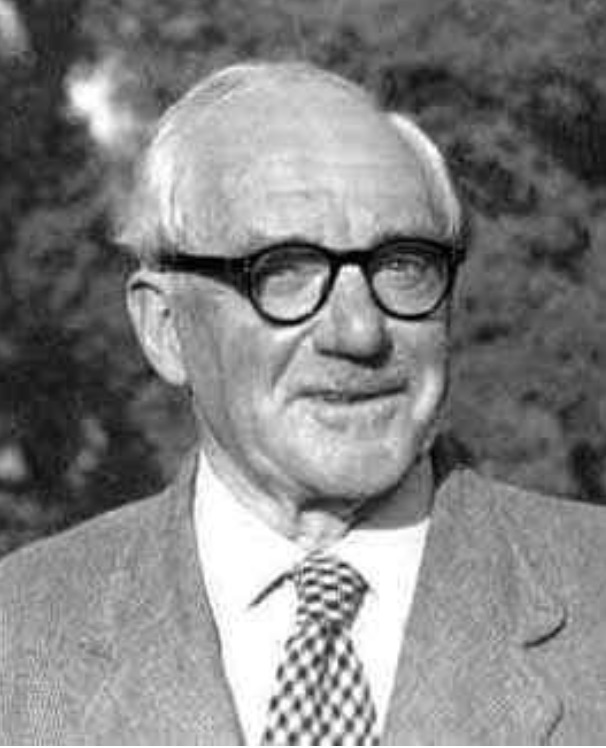
John Edensor Littlewood was born on June 9, 1885 in Rochester, England. Three years before John’s birth, his father, Edward, had become Ninth Wrangler in the Mathematical Tripos at Cambridge, perhaps portending a mathematical future for his son. When John was seven years old, the family sailed to South Africa where his father became Headmaster at Wynberg. By age 15, John had entered the University of Cape Town, but his father felt he wasn’t receiving the education commensurate with his abilities, so John was sent back to England to attend St.Paul’s School in London. In December 1902, J. E. Littlewood won a scholarship to Cambridge.
While at Cambridge, Littlewood established a reputation as a first-rate mathematician and, during World War I, he served in the Royal Garrison Artillery where he improved the formulae for finding the range, the time of flight and the angle of descent for anti-aircraft shells.
In 1928, Littlewood became the first Rouse Ball professor of mathematics in Cambridge, enabling him to conduct mathematical research in classical analysis. A 35-year collaboration with G. H. Hardy that had begun as early as 1911 yielded publications on the Riemann zeta function, inequalities, and the theory of functions, as well as a series of papers Partitio numerorum that employed the Hardy-Littlewood-Ramanujan analytical method. During the years of this collaboration, Littlewood and Hardy were inseparable, prompting jokes that Littlewood was the invention of G. H. Hardy.
As World War II loomed on the horizon, England’s Department of Scientific and Industrial Research encouraged pure mathematicians to investigate the non-linear differential equations describing the behaviour of electric circuits. Littlewood, working jointly with Mary Cartwright, spent 20 years pioneering parameter theory, and ultimately contributed to the modern theory of dynamical systems and chaos theory.
On his retirement Littlewood was revered by his colleagues and honored with a variety of awards. G. H. Hardy who described him as “the finest mathematician I have ever known, and the man most likely to storm and smash a really deep and formidable problem,” said that there was no one else who could command such a combination of insight, technique and power. During his retirement, Littlewood received treatment for the depression that had haunted him through most of his life and he began to emerge from his shell of self-imposed isolation. He continued to produce excellent mathematical results well into old age and in 1970, at the age of 85, he published a paper of significant depth. Reporting on the importance of cognition during senescence, he stated, “The higher mental activities are pretty tough and resilient, but it is a devastating experience if the drive does stop. Some people lose it in their forties and can only stop. In England they are a source of Vice-Chancellors.”
